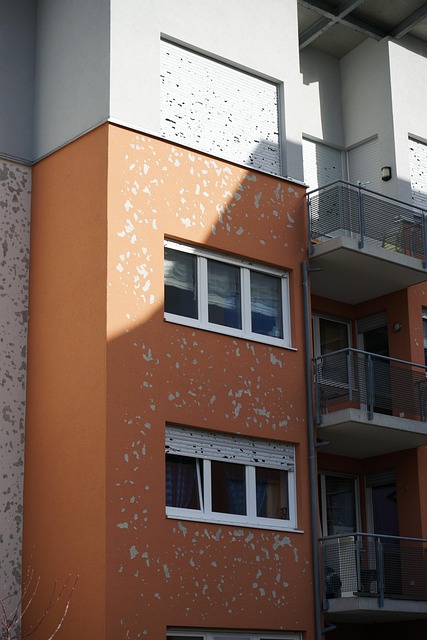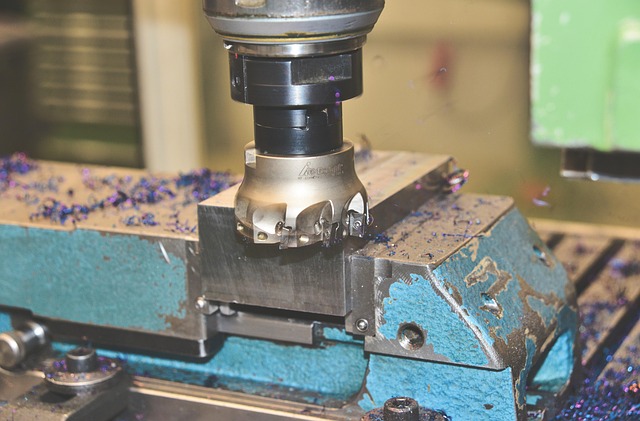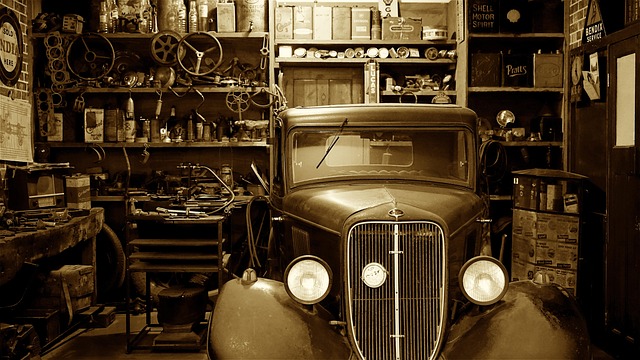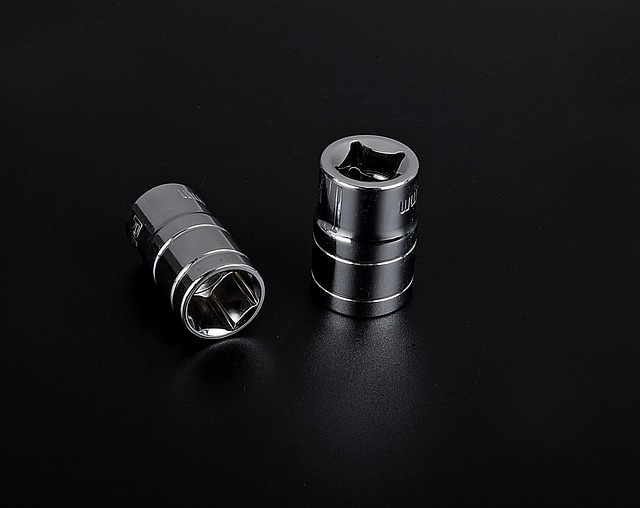Corrosion, a natural metal degradation process, poses significant risks to aluminum and steel panels used in construction, automotive, and industrial settings, weakening structural integrity, impairing aesthetics, and incurring costly repairs. Effective corrosion protection procedures involve coatings, sealing, and surface treatments that create barriers against corrosive elements, ensuring material longevity and visual integrity. For aluminum, high-quality specific paint or coating, regular cleaning, and meticulous inspection are crucial; for steel, specialized coatings combat rust and moisture. Advanced corrosion protection procedures, including anodization for aluminum and innovative coatings for steel, significantly enhance durability, reducing the need for frequent repairs in diverse environments.
In today’s industrial landscape, effective corrosion protection procedures are vital for maintaining the integrity and longevity of aluminum and steel panels. This comprehensive guide delves into the world of corrosion, exploring its impact on these materials and offering practical solutions. From understanding the fundamental causes to advanced preservation techniques, we equip professionals with essential knowledge. Discover proven corrosion protection procedures tailored for aluminum panels and innovative strategies for steel, ensuring optimal performance in diverse environments.
- Understanding Corrosion and Its Impact on Aluminum and Steel Panels
- Essential Corrosion Protection Procedures for Aluminum Panels
- Advanced Techniques for Steel Panel Preservation and Longevity
Understanding Corrosion and Its Impact on Aluminum and Steel Panels

Corrosion is a natural process that occurs when metal surfaces come into contact with certain elements in the environment, leading to a chemical reaction and eventual degradation. For aluminum and steel panels, which are commonly used in construction, automotive, and industrial applications, corrosion can have severe consequences. It weakens structural integrity, compromises aesthetic appeal, and can lead to costly repairs or replacements if left unchecked. Understanding how corrosion forms and its specific impact on these materials is the first step in implementing effective corrosion protection procedures.
Aluminum, known for its light weight and resistance to rust, is still susceptible to corrosion due to its reactive nature. When exposed to moisture, oxygen, and certain chemicals, aluminum can undergo galvanic corrosion, resulting in the formation of an oxidized layer on the surface. Steel panels, on the other hand, are more prone to rust when not properly coated or treated. Moisture and carbon dioxide from the air react with iron in steel, creating iron oxide (rust), which weakens the material over time. Effective corrosion protection procedures for both materials involve a combination of coatings, sealing, and surface treatments designed to create a barrier between the metal and corrosive elements, ensuring longevity and preserving their structural and visual integrity, even in harsh environments. This is particularly important in sectors such as auto body shops where car paint repair and auto body painting frequently expose panels to varying weather conditions and chemicals.
Essential Corrosion Protection Procedures for Aluminum Panels

Aluminum panels require specific corrosion protection procedures to maintain their integrity and aesthetic appeal, especially in harsh environments. A crucial step is applying a quality coat of aluminum-specific paint or coating. This barrier protects against moisture, salt, and other corrosive elements that can damage the metal over time. Many collision repair services and body shop services recommend using paint formulated for aluminum to ensure optimal protection.
Regular cleaning and inspection are also essential corrosion protection procedures. Auto detailing practices should include removing dirt, grease, and other contaminants that can accelerate corrosion. By keeping panels clean, you can better visualize any signs of damage or potential corrosion issues. Body shop services often emphasize the importance of prompt repair and treatment of damaged areas to prevent further corrosion penetration, ensuring long-lasting protection for aluminum panels.
Advanced Techniques for Steel Panel Preservation and Longevity

In the pursuit of extending the lifespan of steel panels used in construction and auto collision repair, advanced techniques have emerged as game-changers. Beyond traditional methods like painting and coating, modern approaches focus on comprehensive corrosion protection procedures. These involve the application of specialized coatings that offer superior resistance to rust and moisture, common enemies of steel structures. Such protective layers not only enhance the aesthetic appeal but also ensure structural integrity for extended periods, reducing the need for frequent auto body services or costly car damage repairs.
For aluminum panels, a different set of strategies is deployed due to its unique properties. Advanced corrosion protection procedures may include the use of anodization, where a protective oxide layer is created on the surface, offering natural resistance to corrosion. Additionally, innovative sealing agents and topcoats designed for aluminum can provide long-lasting protection against environmental factors, ensuring that structures, whether in a bustling metropolis or a remote location, remain intact and free from damage over time, thus avoiding the frequent need for auto collision repair services.
In light of the above discussions, it’s evident that implementing effective corrosion protection procedures is paramount for maintaining the integrity and longevity of both aluminum and steel panels. By understanding the unique vulnerabilities of each material and adopting appropriate preservation techniques, from standard practices to advanced technologies, we can safeguard these panels against corrosive elements. This ensures their continued service in various applications, from architectural facades to industrial structures, thereby reducing maintenance costs and enhancing overall sustainability.














